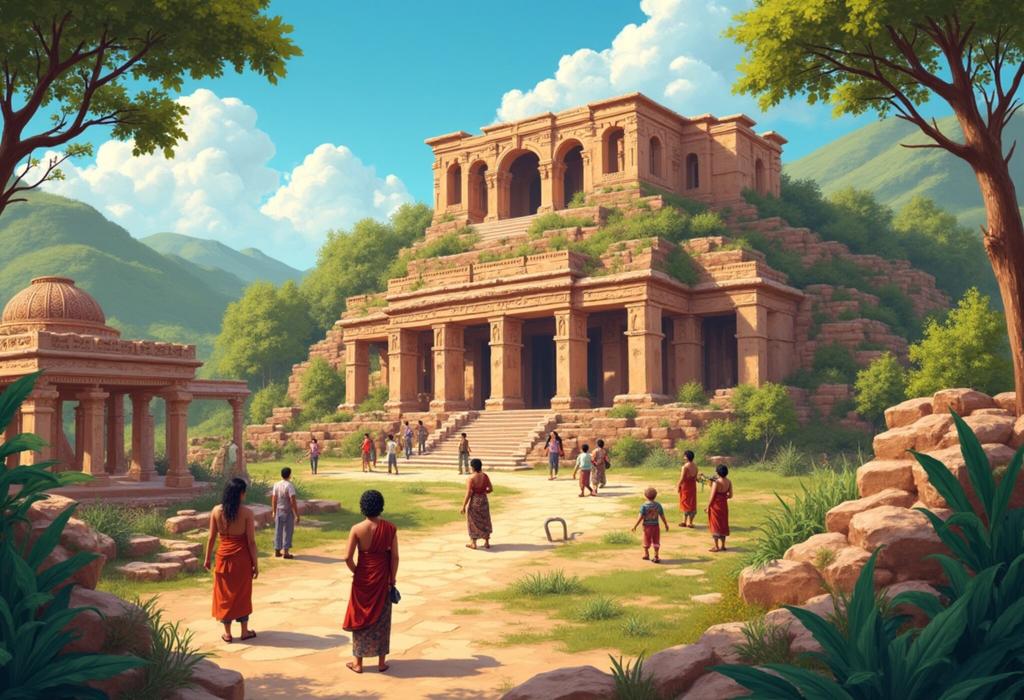For more details on this content, please review the step-by-step guide and frequently asked questions.
The Historical Significance of Machu Picchu

Step-by-Step Guide
Discovering the Location of Machu Picchu
Machu Picchu, often called the 'Lost City of the Incas,' is nestled in the Andes Mountains of Peru, approximately 2,430 meters (7,970 feet) above sea level. To understand its historical significance, first explore its geography, which provided a strategic location for the Inca civilization.
Understanding the Inca Civilization
Before diving into Machu Picchu itself, gather insights into the Inca civilization that built it. The Incas flourished from the early 15th century until the Spanish colonization in the 16th century, known for their advanced engineering, agriculture, and architecture.
The Construction of Machu Picchu
Learn about the construction of Machu Picchu, believed to have been built in the mid-1400s under the reign of Emperor Pachacuti. The site showcases sophisticated dry-stone construction techniques that have survived centuries.
Exploring the Architectural Marvels
Delve into the unique architectural features of Machu Picchu, such as the Intihuatana stone, the Temple of the Sun, and the agricultural terraces. Each structure serves a purpose, from ceremonial functions to agricultural sustainability.
Cultural Significance of Machu Picchu
Understand the cultural importance of Machu Picchu to the Inca people, serving as a royal estate and religious sanctuary. The site's layout and artifacts provide insight into Inca cosmology and ceremonial practices.
Rediscovery of Machu Picchu
Learn about the rediscovery of Machu Picchu by American historian Hiram Bingham in 1911. This event brought global attention to the site, sparking interest in Inca history and culture.
Machu Picchu's Role in History
Discuss Machu Picchu's dual role as a fortress and a royal retreat, illustrating its importance in Inca history, military strategy, and the preservation of Inca heritage during colonization.
Cultural Heritage and UNESCO Status
Machu Picchu was declared a UNESCO World Heritage site in 1983. Learn how this designation has helped preserve its historical and cultural significance while highlighting global awareness of Inca heritage.
Modern-Day Significance and Tourism
Explore the current status of Machu Picchu as one of the most visited tourist destinations in the world. Discuss the balance between tourism and preservation, and efforts made to maintain the site's integrity.
Lessons from Machu Picchu
Reflect on the lessons that Machu Picchu offers about sustainability, architecture, and cultural preservation. Consider how ancient practices can inform modern approaches to heritage conservation.








